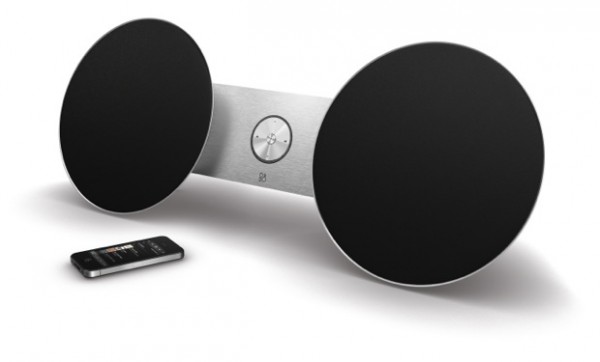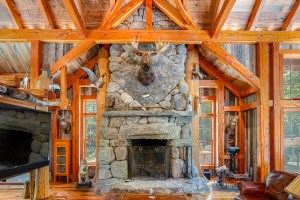Is Wireless Audio the Way to Go?
Do you love music? Of course you do. Do you regularly stream music from the internet? Duh. Well then, you’re exactly the demographic that’s defining the future of high-end audio systems.
“People want to be able to just grab whatever’s near them and start listening,” says Craig Wisneski, senior product manager at California-based company Sonos. Dedicated to cutting the time between music discovery and playback, this speaker company is banking on wireless technology with its line of high quality digital speakers, the Play 3 ($299), Play 5 ($399), and the new Sub ($699). “These days, everything–phones, televisions, and even books–use wireless technology, so why not speakers?” asks Wisneski.

That Sonos speaker we were talking about.
Other companies have also begun wooing tech-savvy audiophiles with new wireless systems, including none other than the slick Danish brand Bang & Olufson. Earlier this year, B & O unveiled “BeoPlay,” an audio/video product series that uses Apple AirPlay to allow wireless control, at a significantly lower price point (from $549 to $1,149) than its other lines.
BeoPlay comes off the heels of BeoSound8 ($999), the company’s first iPod/iPhone dock. With 50,000 units sold last year, it’s the most popular B & O product ever launched. Product manager Dave Zapfel says that though older customers do occasionally buy docks, the BeoPlay line reaches out to “a younger digital demographic,” he adds. “This one’s for the iTunes generation. We’re trying to broaden the base. We’re looking for new customers.”
Some people in the audio industry aren’t so enthusiastic about wireless, however. Among them is George Lellios, director of sales and marketing at Audio Concepts, a Cambridge based audio-video retailer and installer. Lellios is wary of the new generation’s obsession with this new technology. “Wireless has become a buzzword,” he says. “When someone comes in asking for something wireless my first reaction is, ‘Okay, now what do they really want?’”
His main concern is sound quality. Wireless systems just can’t measure up to traditional wired systems because they’re underpowered, he says. Comparing the specs of products like the Sonos Play3 to top of the line wired products like the Bose 802 ($759) supports his argument. “That’s why we prefer to do a wired network,” explains Lellios.
But what modern speakers lack in raw power, they make up for in convenience and ease of use, and for many, it’s a welcome tradeoff. People want to be able to hear anything they want anytime they want without the hassle of tangled cables and complex installation procedures. If some of us have to suffer a modest drop in sound quality for the sake of streamlined and accessibility (not to mention a less intimidating price tag) then so be it.
Even a skeptic like Lellios can’t help but agree. “Wireless is the way of the future,” he admits. “The communication technology is there, we use it religiously, and we expect it’s going to continue to evolve.”





